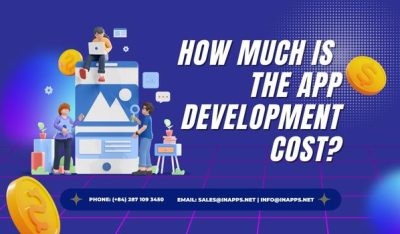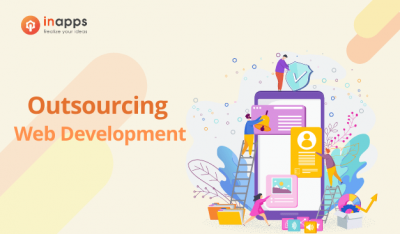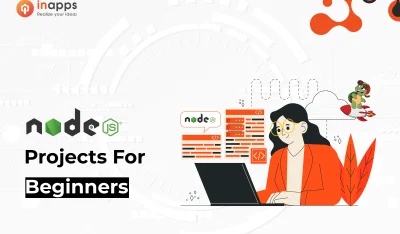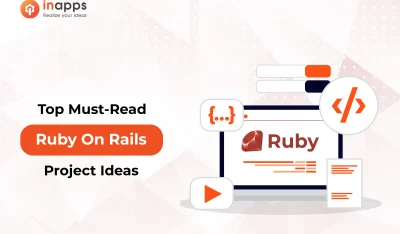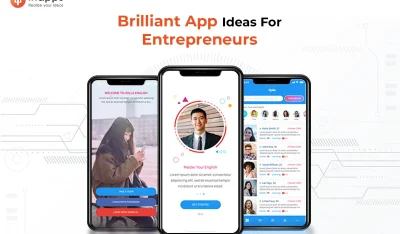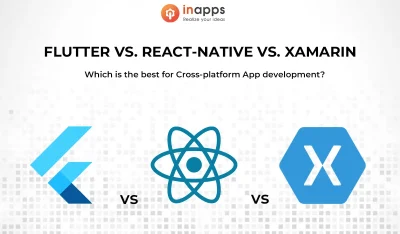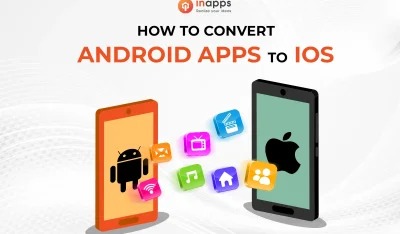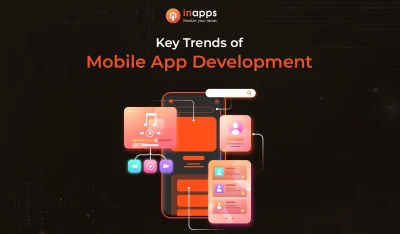- Home
- >
- Mobile apps development
- >
- Building a financial technology app 2022
As digital enhancements in the finance and banking sector fire up with a zest of technology, here’s to-the-point explanation of the essential requirements to create a FinTech App.
Finance and technologies merge to deliver FinTech. It propels financial transactions by disrupting the traditional methods.
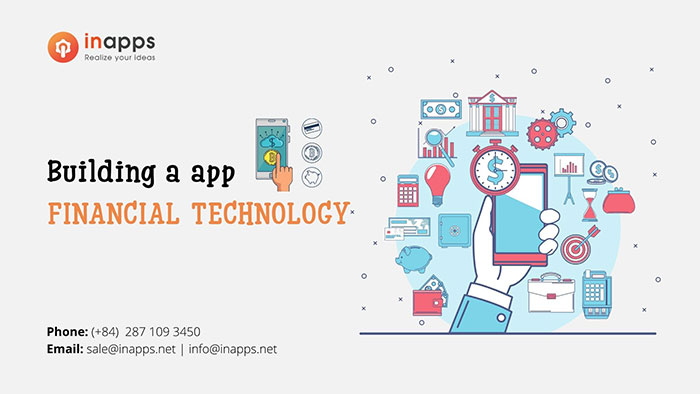
Building a financial technology app 2022
Types of Fintech apps (based on requirements)
It is pertinent to choose the right financial direction, list the main categories and bring valuable insights into the current FinTech market trends:
- Digital Payments – It addresses the need for cashless, secure and fast money transfers. Examples – PayPal and Payoneer
- Digital Banking – It helps perform quick money transactions; without third-party help. Examples – N26, Revolut
- Digital Investment – It – (1) transforms loan renewal through comprehensive automated platforms, (2) digital lending software, (3) effective interaction between lenders and borrowers. Examples – Kabbage, Calyx Point
- Consumer Finance – It enables retail and institutional investors to investigate and invest in different financial assets. Users enhance their investment performance by supplying them with relevant analytics and data. Examples – Hedgeable, Addepar
- Digital Lending – It speeds up policy administration and claims to process.
- Insurtech – It is also called Digital Insurance that speeds up policy administration and claims processing. Examples – BIMA, Trov.
- Regtech – Observes ongoing processes and carries analysis to ensure compliance with regulatory requirements. Examples – 6clicks, PassFort
- Consumer Finance – It assists users in managing their expenses and forecasts to account balance to prevent the user from spending more than planned. Examples – Mint, MoneyPatrol
Features of Fintech app solutions (scalable, customizable)
- It looks best when it is simple.
- It secures a large amount of data, so it requires high-level security.
- Push notifications notify customers about every new offering.
- Customizations to suit every user make FinTech approachable, reliable and amicable.
- Offer basic financial operations relevant to your fintech branch may include digital payments, money transfers, mobile depositing, or balance checking.
- QR code and card number scanning
- Personal finance management.
- Custom notifications are a crucial feature for engaging user experience.
- Cashback
- Include unconventional financial services into your app, like ordering food, buying tickets, or giving money to charity. It will allow people to manage their finances in one secure place and guarantees a positive user experience.
- AI-powered chatbots and virtual assistants
Trends for Fintech app development
- Blockchain – Digital currencies, Secure transactions, Decentralized management
- Artificial Intelligence – Chatbots, virtual assistance, Recognition and analysis of patterns, prevention of fraudulent activities
- Big data – Anticipate customer behaviour, define new business opportunities, and build powerful marketing strategies;
- Microservices – Reduce time to market, integrate 3rd party services with ease, and save costs;
- Cybersecurity – Protect user data, mitigate security risks, and ensure user’s trust;
Must Read: How smart mobile apps are shaping the future of finance
Steps to develop Fintech app (precise)
- Determine your niche and ensure legal compliances
- Decide features and estimate costs
- Create/hire a team
- UI/UX Design
- Develop MVP
- Improve and support your Fintech App
Technology Stack for FinTech App (as applicable, scalable)
| Native app development | iOS-based | Objective-C |
| Swift | ||
| Apple XCode | ||
| iOS SDK | ||
| Android-based | Java | |
| Kotlin | ||
| Android Studio | ||
| Android SDK | ||
| Cross-Platform app development | Reactive Native | |
| C# | ||
| Hybrid app development | HTML 5 | |
| Node.js | ||
| Other effective technologies | Node.js | |
| C++ |
How to create a FinTech app? (estimation)
An average modern financial application can be simple to build, but additional features can make it comprehensive and wholesome. To start with, (1) conduct research and make a plan, (2) Form the project team, (3) Choose a technology stack, (4) Build UI/UX design, (5) Market your app and get feedback, (6) Improve and update.
It is not as simple as it sounds. It might be complex to understand where to start. FinTech Development Process involves choosing an area of focus amongst FinTech categories. Once you select a category, ensure that it has legal standing. Define feature set to support all the modules, tasks and functionalities. Involve business analysts and project managers who can help you in this approach, taking one step at a time.
Once you shortlist the features, modules, and functionalities, seek a simplified user interface, data visualization, gamification, animation, biometric security, E-signatures, Automation, and application tours.
To estimate time and costs, collaborate with project managers and QA experts and identify a technology stack and implementation constraints. It should give you a robust development plan that balances the budget and time constraints.
Develop a minimum viable product to bring your idea into practice.
Keep improving and upgrading as you start getting valuable feedback.
What challenges does FinTech face? (with potential to overcome)
| Threats | How to overcome |
| There can be leaks of data; |
|
| Digital identity Theft |
|
| Malware Attacks |
|
| Compromise of Cloud Environment |
|
| Compromise of APIs | Practice API token rotation, API access identification, authentication, and authorization, API quotas and throttling, and API gateways for traffic inspection |
Must Read: How IoT and Wearable Are Improving Fintech in 2021?
Cost to create a Fintech app (on an average)
The average cost to create an app on financial technology depends upon – (1) Discovery (shaping the concept through business analysis), (2) UI/UX Design, (3) Frontend development, (4) Backend development, (5) Mobile app development, (6) Quality Assurance, and (7) Post-launch support. The average cost to build a FinTech App comes around $1,30,00, after summarizing the hourly and fixed development rates in The USA, Western Europe, Eastern Europe, APAC.
Conclusion
We hope that these tips will assist you in creating a successful FinTech App development. Taking care of the potential challenges, selecting the right technologies and having a technically skilled team can help combat the competition, leading to a profitable business outcome.
To Get Services for FinTech App Development Click here now.
Source: InApps.net
Let’s create the next big thing together!
Coming together is a beginning. Keeping together is progress. Working together is success.





